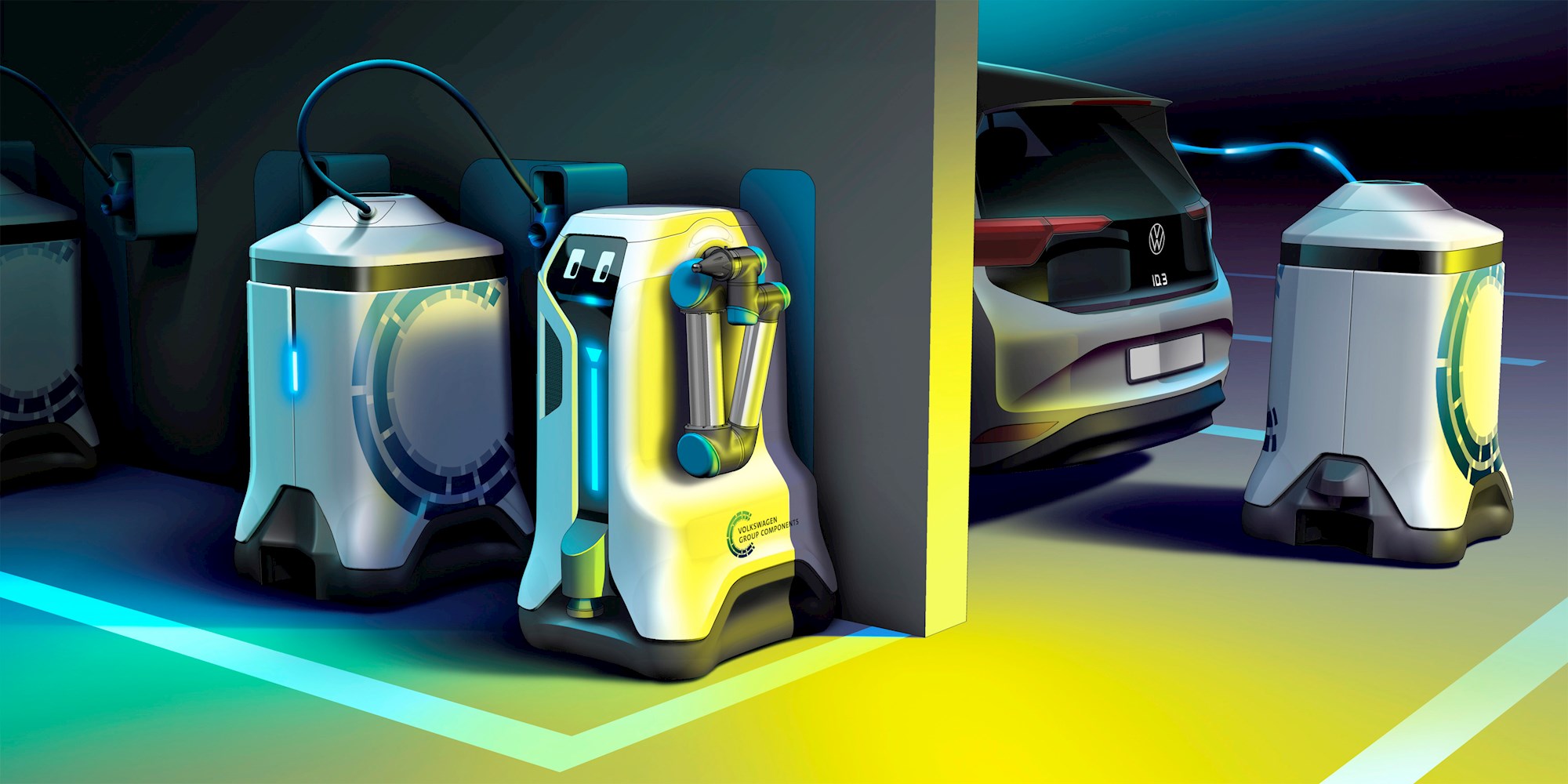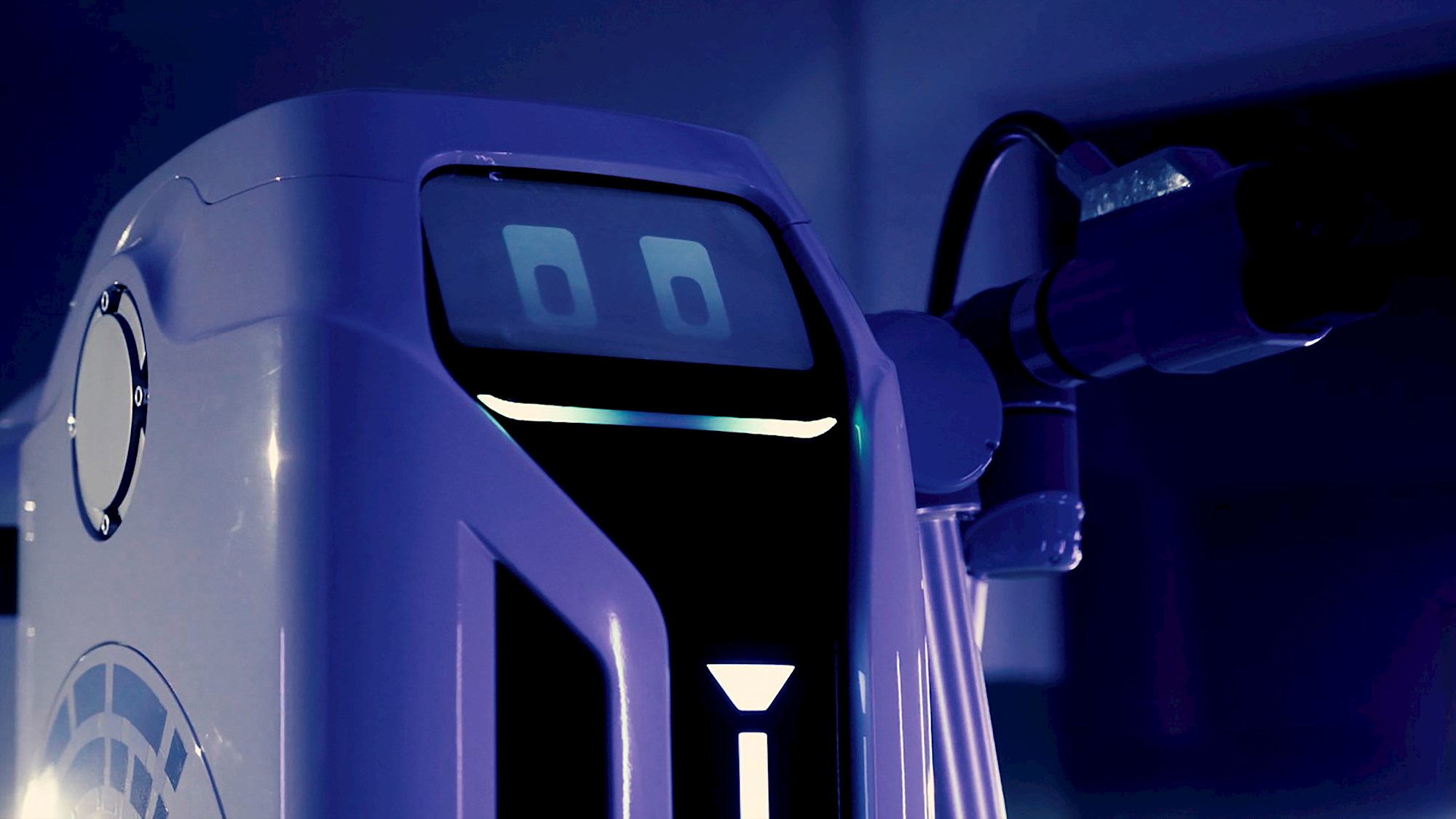Getting charging infrastructure in the right places is a key challenge for the Battery Electric Vehicle (BEV) industry. But what if the charger could come to you?
Volkswagen Group reckons mobile charging might be the future, especially in contained areas like parking garages. And the most innovative and definitely cutest execution of this idea is a proposed "mobile charging robot", which can come to your parked car, plug in a charging station and then take it away when finished without any human involvement.
"A ubiquitous charging infrastructure is and remains a key factor in the success of electric mobility. Our charging robot is just one of several approaches, but is undoubtedly one of the most visionary,” says Thomas Schmall, VW Group Components chief executive.
The charging robot – started via an app or Car-to-X communication – operates totally autonomously, opening the charging socket flap, connecting the plug and decoupling it.
To charge several vehicles at the same time, the mobile robot moves a trailer, essentially a mobile energy storage unit, to the vehicle, connects it up and then uses this energy storage unit to charge the battery of the electric vehicle. The energy storage unit stays with the vehicle during the charging process. In the meantime, the robot charges other electric vehicles.
Once the charging service has ended, the robot independently collects the unit and takes it back to the central charging station.

"Setting up an efficient charging infrastructure for the future is a central task that challenges the entire sector," says Schmall.
"We are developing solutions to help avoid costly stand-alone measures. The mobile charging robot and our flexible quick-charging station are just two of these solutions.”
The business unit is currently working on a complete DC charging family. A flexible quick-charging station will be launched onto the market early this year - no robots for that one, but it does provide a semi-mobile solution with a 360kWh battery that can operate independently of the electricity grid when required.

The mobile charging robot has successfully reached prototype status and will be further developed. One of the prerequisites is Car-to-X communication to facilitate the autonomous charging process.
“Our developments do not just focus on customers’ needs and the technical prerequisites of electric vehicles," says Schamm. "They also consider the economical possibilities they offer potential partners. They enable the operators of parking bays and underground car parks to quickly and simply electrify every parking space using the mobile charging robot. This reduces any construction work needed, at the same time reducing the potential cost.











